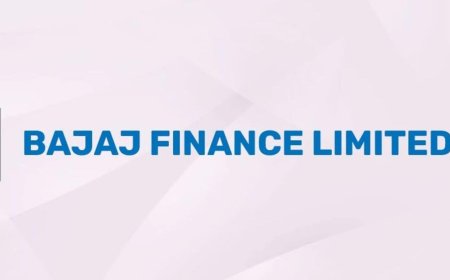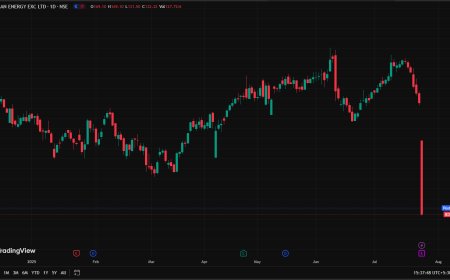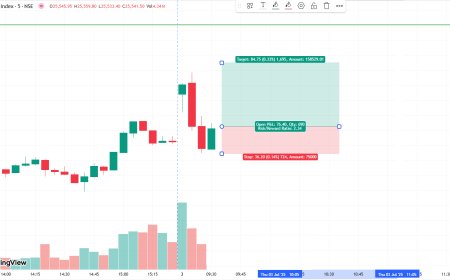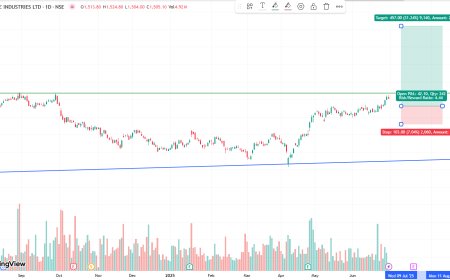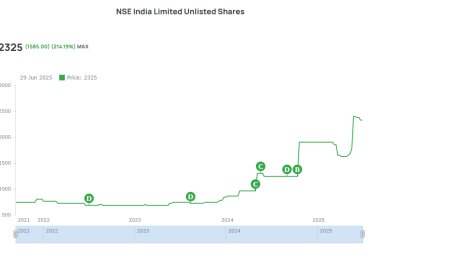Government Regulations and SEBI Norms: Reshaping the Startup IPO Landscape in 2025
Explore how recent government regulations and SEBI norms are transforming the startup IPO landscape in India, focusing on profitability requirements, fund utilization, and investor protection.

Introduction: The Evolving Startup IPO Landscape in India
India's startup ecosystem has witnessed a remarkable surge in initial public offerings (IPOs) over the past few years. However, with the increasing number of startups seeking to go public, there has been a pressing need for robust regulatory frameworks to ensure transparency, protect investor interests, and maintain market integrity. In response, the Securities and Exchange Board of India (SEBI) and the government have introduced a series of reforms aimed at reshaping the startup IPO landscape.
Government Regulations: Facilitating a Conducive Environment
1. Streamlined Compliance for Reverse Mergers
Recognizing the challenges faced by Indian startups domiciled abroad, the government has streamlined the compliance process for reverse mergers. This regulatory reform has significantly reduced the time taken for a reverse merger from 12-18 months to about 3-4 months. This move is expected to facilitate many Indian startups, which were initially based abroad for better access to capital and lower taxes, in their homecoming to capitalize on India's booming IPO market. (Reuters)
2. Enhanced Investor Protection Measures
The government has introduced measures to enhance investor protection in the startup IPO space. These include stricter disclosure norms, mandatory audits, and increased transparency in the utilization of IPO proceeds. Such initiatives aim to build investor confidence and ensure that funds raised through public offerings are used judiciously for business growth and expansion.(5paisa)
SEBI Norms: Strengthening the Regulatory Framework
1. Profitability Requirements for SMEs
In a significant policy shift, SEBI has mandated that small and medium-sized enterprises (SMEs) seeking to launch an IPO must demonstrate an operating profit of at least ₹1 crore in at least two of the last three financial years. This requirement ensures that only financially stable companies enter the public market, reducing risks for investors. (5paisa)
2. Capping Offer-for-Sale (OFS) Components
To prevent promoters from using IPOs as an exit strategy, SEBI has capped the Offer-for-Sale component at 20% of the total issue size. Additionally, individual shareholders are restricted from selling more than 50% of their pre-IPO holdings. These measures ensure that the majority of funds raised go towards growing the business, not cashing out promoters. (5paisa, Angel One)
3. Restrictions on Fund Utilization
SEBI has introduced stringent norms regarding the utilization of funds raised through IPOs. The amount allocated for general corporate purposes is now capped at 15% of the total issue size or ₹10 crore, whichever is lower. Furthermore, SMEs are prohibited from using IPO proceeds to repay loans taken from promoters or related entities. These reforms aim to enhance investor protection and ensure SMEs with solid track records can raise funds effectively. (5paisa, TICE News, mint)
4. Phased Lock-In Period for Promoters
To instill investor confidence, SEBI has introduced a phased lock-in mechanism for promoter holdings that exceed the minimum promoter contribution (MPC). Under this, 50% of the excess holdings will be unlocked after one year, while the remaining 50% will be released after two years. This restriction ensures promoter commitment even after the IPO. (TICE News, 5paisa)
Impact on the Startup IPO Ecosystem
1. Increased Investor Confidence
The introduction of stringent profitability requirements and fund utilization norms has bolstered investor confidence in the startup IPO market. Investors are now more assured that the companies they invest in are financially stable and that their funds will be used effectively for business growth.
2. Enhanced Market Integrity
By capping the Offer-for-Sale component and introducing phased lock-in periods for promoters, SEBI has ensured that IPOs are primarily aimed at raising capital for business expansion rather than providing an exit route for promoters. These measures have enhanced the integrity of the IPO process.(5paisa)
3. Facilitated Homecoming of Startups
The government's facilitation of reverse mergers has encouraged many Indian startups domiciled abroad to return to India and tap into the burgeoning IPO market. This move has not only increased the number of IPOs but also brought back valuable intellectual capital to the country.(Reuters)
Future Outlook
The regulatory reforms introduced by the government and SEBI are expected to have a lasting impact on the startup IPO landscape in India. As more startups meet the profitability criteria and adhere to stringent fund utilization norms, the quality of IPOs is likely to improve, attracting a broader base of investors. Additionally, the facilitation of reverse mergers is expected to bring more startups into the Indian public markets, further boosting the IPO ecosystem.
The government's regulatory reforms and SEBI's stringent norms have significantly reshaped the startup IPO landscape in India. By focusing on profitability, responsible fund utilization, and promoter accountability, these measures aim to create a more transparent and investor-friendly environment. As the startup ecosystem continues to evolve, these regulatory frameworks will play a crucial role in ensuring sustainable growth and maintaining investor trust in the Indian IPO market.(5paisa)
What's Your Reaction?
 Like
0
Like
0
 Dislike
0
Dislike
0
 Love
0
Love
0
 Funny
0
Funny
0
 Angry
0
Angry
0
 Sad
0
Sad
0
 Wow
0
Wow
0



















